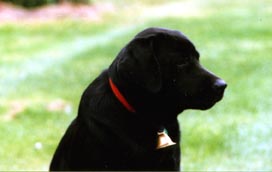I am always trying different things. Shot these loads today to compaire softer vs. harder alloys. Bullet is 224 NOE 80 SP
Using 6 grains of Tite Group (bottom target) and 10 grains 5744 (top target). Velocity is about 1500 fps.
Notice groups got larger as bullet got harder.
Softer alloys will streak your barrel more easily than harder alloys, so a good tumble lube or smearing of soft lube on bullet BORE RIDE section helps prevent.
OH YEA and be sure to stir your alloy regularly during casting. Just some thoughts.
















